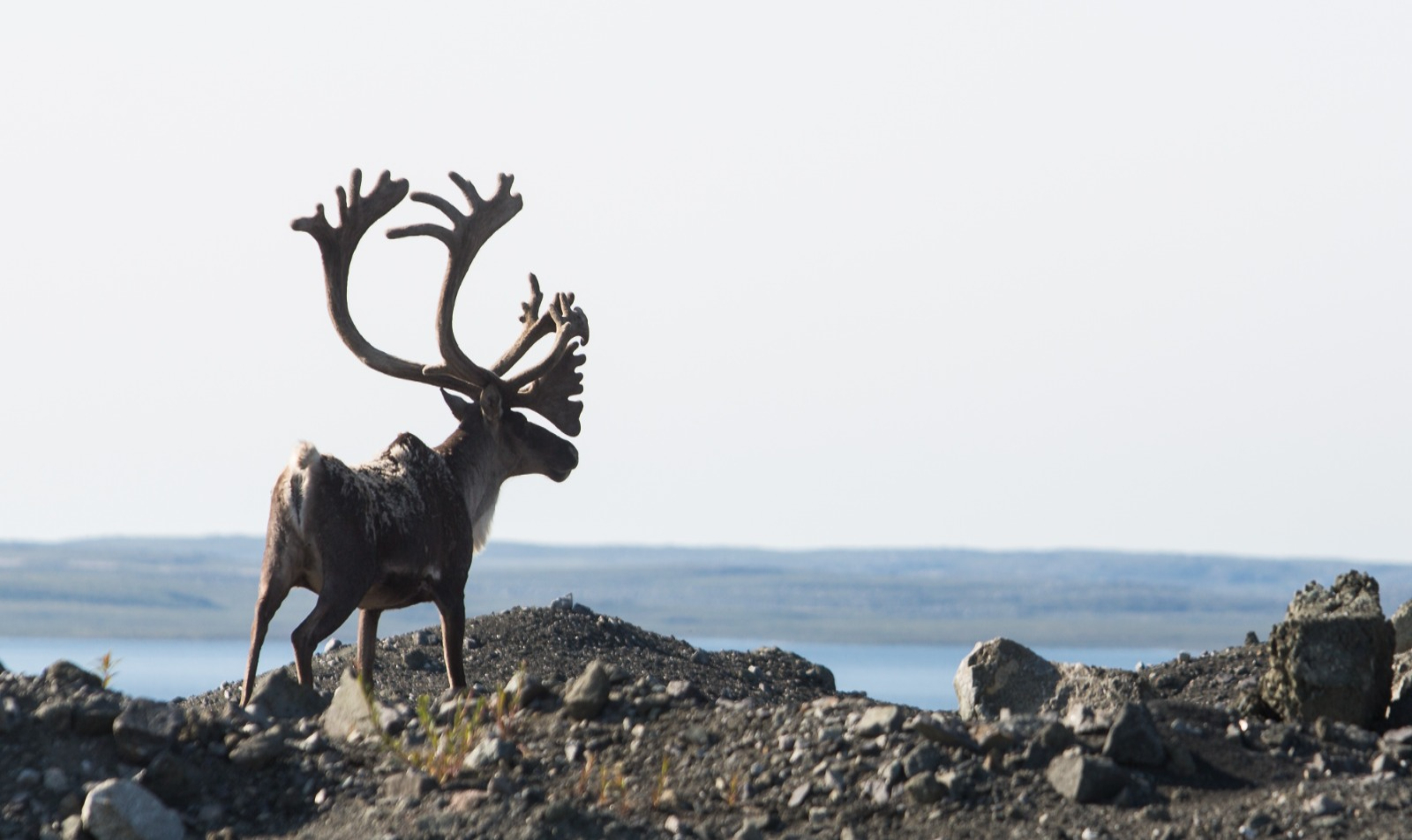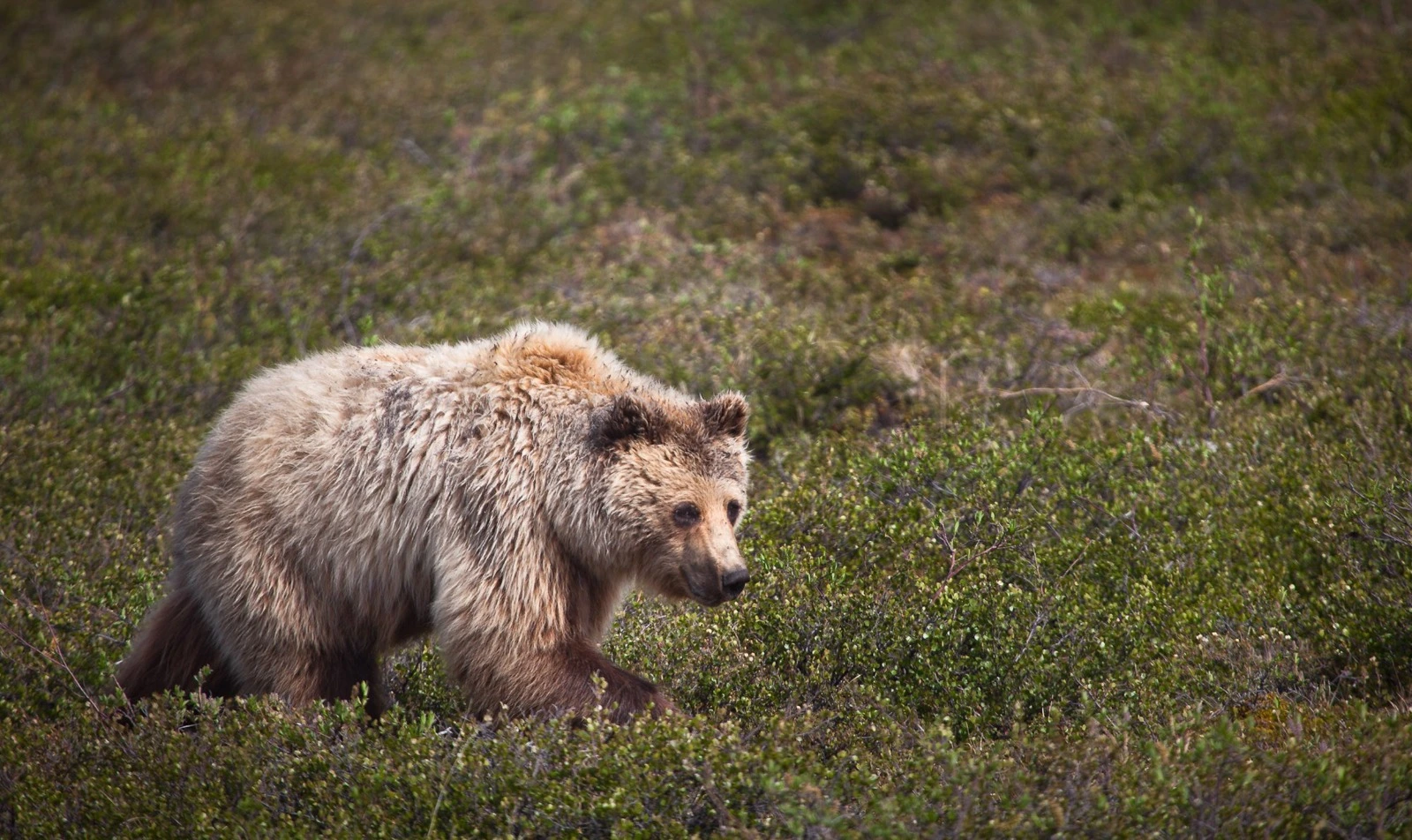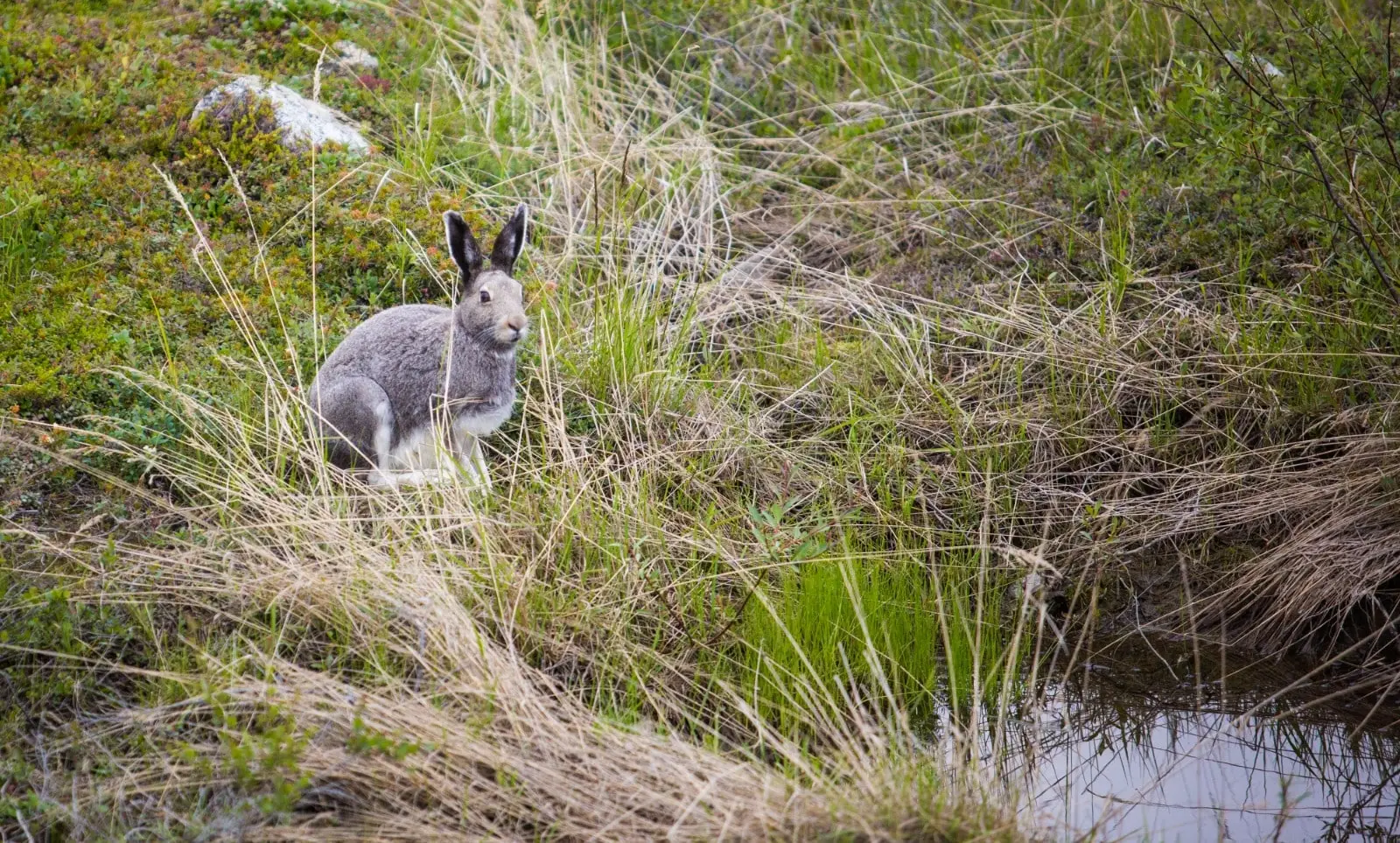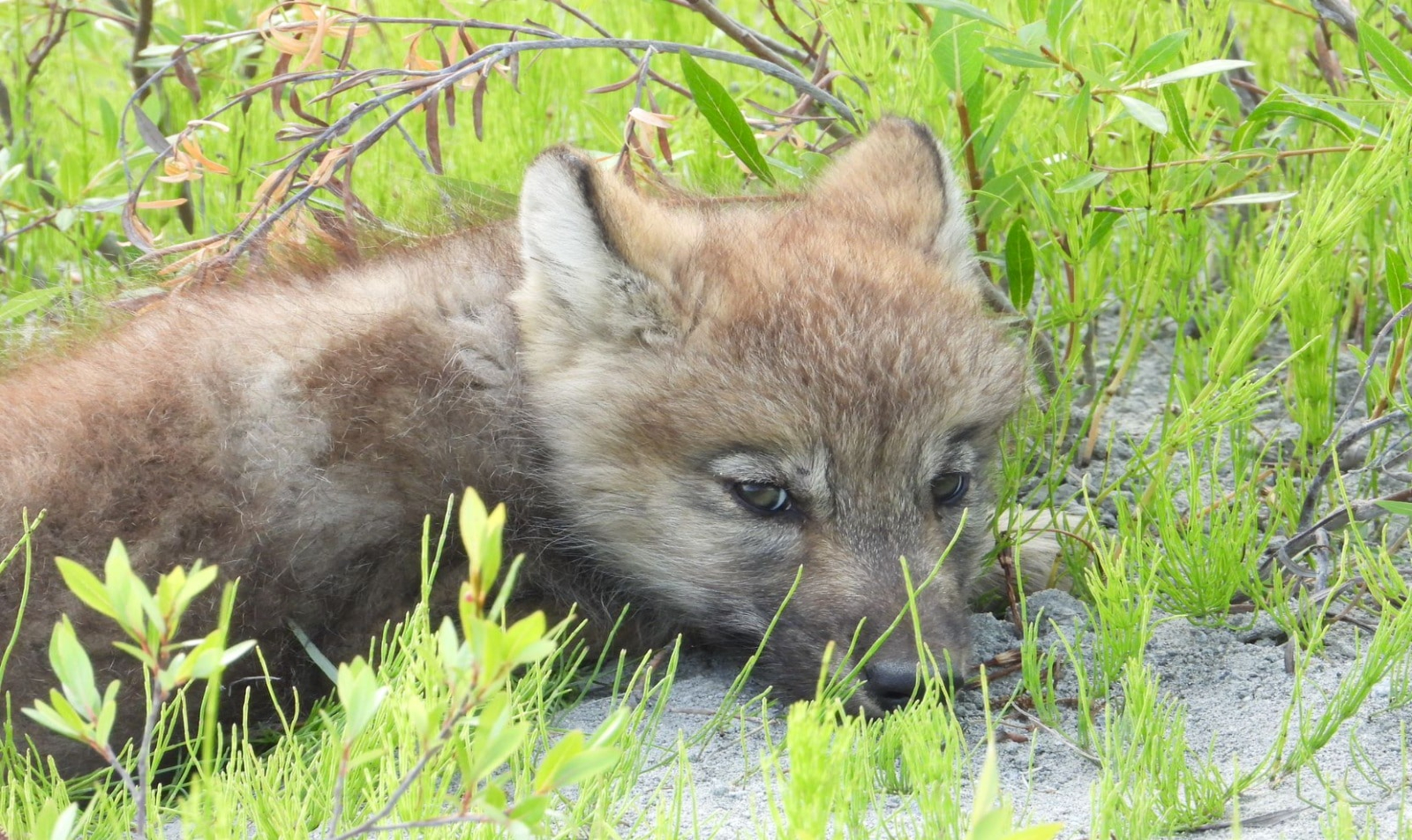Point Lake Project
The Point Lake Project is located approximately three kilometers northeast of Misery Camp. The site is of historical significance to the mining industry in Canada, as the first diamondiferous kimberlite discovered in the Northwest Territories. Today, Point Lake represents one of the bridges to Ekati’s future and adds 24 million carats to its indicated resources. The project is currently in the development stage, with initial production set to commence in late 2024, and full production in early 2025.
The former lake was dewatered in two phases. As part of this process, a total of 523 lake trout and 6,348 slimy sculpins were fished out prior to dewatering. The water was then pumped into King Pond Settling Facility and Lynx pit to provide an area for the suspended solids to settle and to facilitate the future underwater remote mining trial at Lynx pit.
Sustainable Design
Construction of the overburden and waste rock storage area (WRSA) began in March 2024 and is expected to be completed by the third quarter of the year. The WRSA layout was designed in collaboration with community members to ensure minimal impact on caribou moving through the area, with additional environmental and sustainability considerations given to how water seeping through the rock pile will be collected and tested, and how the rock pile will be handled at the closure of Ekati mine. Over the coming months, work will continue on the WRSA base layer, and the development of a drainage ditch around the WRSA and sump will begin. The first blast in overburden occurred in May and waste stripping will continue for the rest of the year.
Stakeholder Engagement
Burgundy has collaborated and engaged with local communities and regulators to earn supports to extend Ekati’s mine life, while continuing to provide benefits to the North, through the Point Lake Project. Burgundy is committed to executing the project in the most environmentally responsible and sustainable way, and continuing to work with communities and regulators to ensure that all questions and potential concerns are addressed.
Wildlife Effects Monitoring Program
Burgundy continues to mitigate the impacts to wildlife through its Wildlife Effects Monitoring Program. Traditional Knowledge holders have shared important information about caribou in the area and the relationship with the surrounding environment, which has been incorporated into our wildlife management programs. Behavioral surveys of groups of caribou, as well as focal surveys on individual caribou, are taken throughout the year near the mine. At Point Lake, caribou movement is monitored in the work area. Presently, caribou movement through the area has been undisturbed and caribou continue to pass over the Lac du Sauvage Road. Burgundy’ Caribou Road Mitigation Plan will be developed to guide mitigation and monitoring when caribou are in proximity to the mine and near roads, including reduced speed limits and road closure triggers. Motion triggered cameras are placed along active haul roads to help assess road permeability to caribou movement and evaluate the usage of the constructed caribou crossing ramps.






